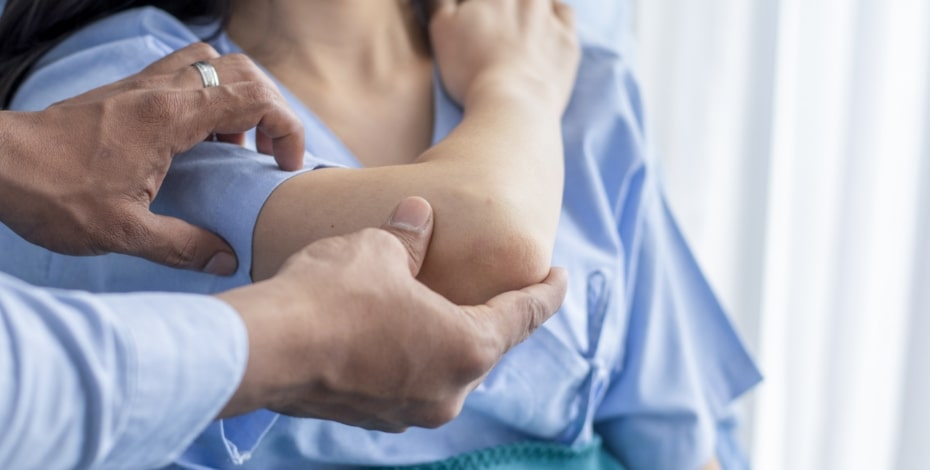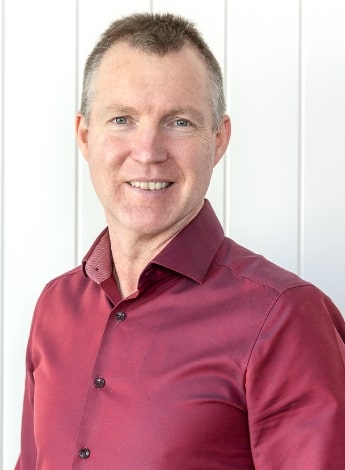
Managing neural tissue in musculoskeletal pain

A two-day course presented by Jayce Gilbert FACP explores the role of neural tissue in some musculoskeletal presentations and its implications for diagnosis and management.
Tell us about the course. How are musculoskeletal presentations with neural tissue involvement managed?
Such presentations respond differently to physical assessment than might be expected with soft tissue or joint problems.
They may not fit the pattern seen in previous assessments of similar presentations and at first glance, the symptom provocation response may seem to be out of proportion. This means that another mechanism is at play—possibly neural.
For example, consider a painful arc of abduction at 90 degrees in the shoulder with more distal arm pain provoked than expected for a mechanical rotator cuff complaint.
Another example would be a patient with symptoms of neuropathic-like pain who has normal neurology and whose nerve conduction studies are normal.
Who would benefit the most from attending ‘Pragmatic management of neural tissue in musc pain’?
This two-day course is suitable for recent graduates as well as for more experienced clinicians.
Participants will learn to refine their ability to physically assess and treat conditions with sensitised nerve tissues, while the theory covered will enable them to filter the underlying mechanisms of painful or sensitised neural tissue in the periphery as well as axial regions. Upper and lower quarters are covered.

Physiotherapist Jayce Gilbert will provide strategies for assessing and treating conditions with sensitised nerve tissues.
How do neurodynamic assessment and treatment strategies for neural tissue involvement influence clinical practice?
They increase the scope of physical assessments, allowing clinicians to consider more mechanisms underlying a patient’s symptoms—such as neural mechanosensitivity or neural conduction change—and to consider aspects of neurophysiology that may drive these mechanisms.
The assessment net is cast wider, going beyond an anatomical or pathological diagnosis to focus on the mechanisms that lie beneath a presentation.
This greater clarity in diagnosis leads to more focused treatment and more options for successfully helping people.
What is the role of manual therapy in treating this kind of pain and when is it contraindicated?
Neural manual therapy techniques can be effective when matched correctly to the disorder.
They provide an opportunity to relieve pain and modulate the generating mechanisms.
This makes it easier to establish important therapies such as motor learning and exercise because the patient is more comfortable.
The course also covers presentations that falsely mimic neural tissue disorders and discusses techniques that, if incorrectly applied, can threaten the viability of nerve tissue.
What do you hope participants will take away with them from this course?
I hope participants will add skills to their toolboxes, gain greater confidence in establishing working diagnoses with their patients and find it easier to use neural manual therapy techniques to achieve treatment and patient goals.
‘Pragmatic management of neural tissue in musc pain’, presented by Jayce Gilbert, will run from 9 am until 5 pm, 12–13 November, in Hobart, Tasmania. Click here for more information and to register.
>> Jayce Gilbert APAM FACP is the director of Peak MSK Physiotherapy in Cheltenham, Victoria and a Specialist Musculoskeletal Physiotherapist (as awarded by the Australian College of Physiotherapists in 2010). He has practised physiotherapy for 30 years, including advanced scope practice, working in both public and private settings.
© Copyright 2024 by Australian Physiotherapy Association. All rights reserved.





